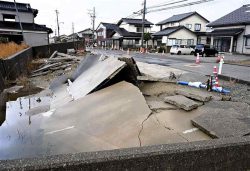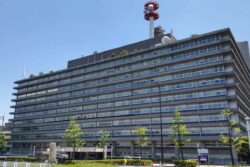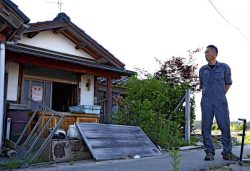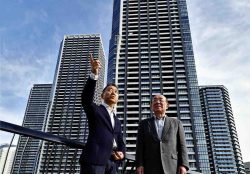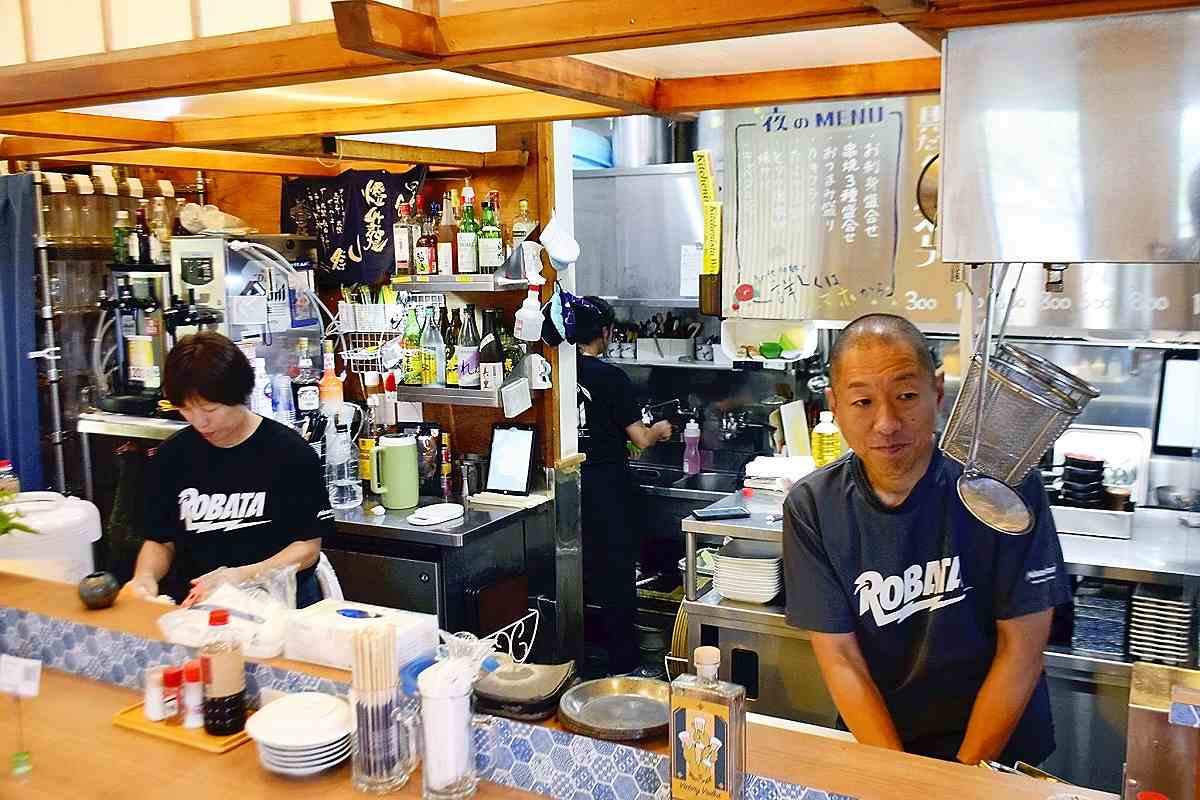
Makoto Asai, right, is seen at his Japanese grill restaurant in Suzu, Ishikawa Prefecture, on Wednesday.
12:01 JST, September 2, 2024
SUZU, Ishikawa (Jiji Press) — Eight months after the Jan. 1 Noto Peninsula Earthquake, an increasing number of businesses in the region have resumed operations, backed by growing reconstruction demand and the return home, to temporary housing, of local residents who had been evacuated.
Still, there is a long way to go before full-scale postdisaster reconstruction, with many businesses operating for shorter hours or at makeshift facilities.
The proportion of businesses that have resumed operations stood at 61% as of mid-August, up from 40% in early June, according to a survey of 533 companies conducted by the Suzu Chamber of Commerce and Industry in the city of Suzu in Ishikawa Prefecture.
Resumption of operations is progressing especially among civil engineering and construction companies, which play a pivotal role in postdisaster reconstruction, and services providers closely related to demand from residents, such as hair salons and medical facilities.
According to a survey by Kono Shinkin Bank in the Ishikawa town of Noto, 86% of its 672 client businesses in two cities and two towns in the Okunoto region in the prefecture restarted operations as of the end of July.
“The number is increasing thanks to the synergy effects from reconstruction demand, return home by local residents to temporary housing, and restoration of water supply,” an official of the bank said.
Asai, a robatayaki Japanese grill restaurant in Suzu, has been full of customers almost every day. The restaurant, however, now closes at 9 p.m., an hour earlier than before, due to a shortage of staff. In addition, local customers have yet to fully return.
“I hope that my establishment will play a role in helping people in Suzu go out and enjoy eating and drinking again,” Makoto Asai, the 49-year-old manager of the restaurant, said, stressing his eagerness to support the city’s reconstruction.
At the same time, he is worried how many local customers will come back. “I need to consider ways to keep my restaurant going while reconstruction demand continues.”
Referring to the business environment in disaster areas, Shuichi Tone, 72, head of the Suzu Chamber of Commerce and Industry, said, “The local population, which had been slowly decreasing, fell sharply in the wake of the earthquake.”
Even if businesses resume operations, they will be unable to keep going unless they have enough customers, he said.
Noting that the proportion of elderly people has exceeded 50% of the city’s overall population, Tone said that it is difficult for aged business owners to take out bank loans needed for resuming operations. The city faces an array of difficult challenges, Tone added.
In particular, the tourism industry, including hotels, has been struggling due to damage to facilities and a decrease in tourists, with only 40% of businesses in Suzu’s tourism sector having resumed operations.
Tone, who runs Lamp no Yado, a Japanese-style inn in Suzu, is exploring new ways to attract customers, such as utilizing changes in the topography of the Noto Peninsula caused by the New Year’s Day temblor as tourism resources, in cooperation with the Ishikawa prefectural government and travel agencies.
The 7.6-magnitude earthquake measured up to 7, the highest level on Japan’s seismic intensity scale.
"Society" POPULAR ARTICLE
-

M4.9 Earthquake Hits Tokyo, Neighboring Prefectures
-

M7.5 Earthquake Hits Northern Japan; Tsunami Waves Observed in Hokkaido, Aomori and Iwate Prefectures
-

Israeli Tourists Refused Accommodation at Hotel in Japan’s Nagano Pref., Prompting Protest by Israeli Embassy and Probe by Prefecture
-

Tsukiji Market Urges Tourists to Avoid Visiting in Year-End
-
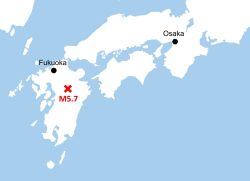
M5.7 Earthquake Hits Japan’s Kumamoto Pref., Measuring Upper 5 Intensity, No Tsunami Expected
JN ACCESS RANKING
-

Keidanren Chairman Yoshinobu Tsutsui Visits Kashiwazaki-Kariwa Nuclear Power Plant; Inspects New Emergency Safety System
-

Imports of Rare Earths from China Facing Delays, May Be Caused by Deterioration of Japan-China Relations
-

University of Tokyo Professor Discusses Japanese Economic Security in Interview Ahead of Forum
-

Japan Pulls out of Vietnam Nuclear Project, Complicating Hanoi’s Power Plans
-

Govt Aims to Expand NISA Program Lineup, Abolish Age Restriction


